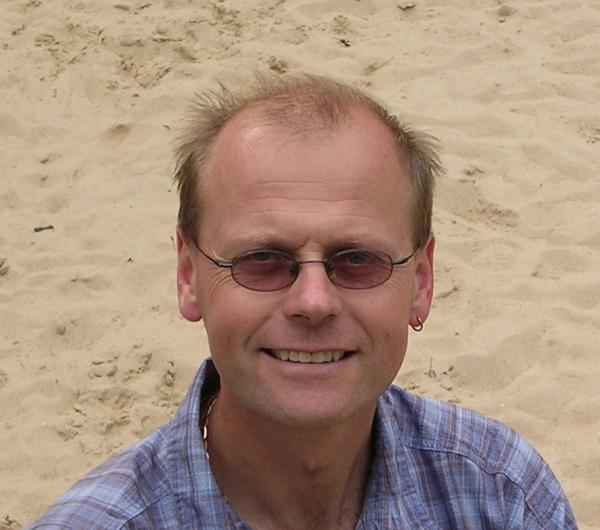Decadal Creep-rate Changes Along the Hayward Fault
Roland Burgmann
University of California Berkeley

- Date & Time
- Location
- Hybrid - In-person and online seminar via Microsoft Teams
- Host
- Fred Pollitz
- Summary
Decadal changes in aseismic fault slip rate on partially coupled faults reflect long-term changes in fault loading and/or fault-frictional properties that can be related to earthquake cycle processes. We consider constraints on aseismic fault slip rates from historical alignment array measurements, InSAR measurements since 1992, and repeating micro-earthquakes since 1984 along the Hayward fault, California. During recent decades, creep rates consistently increased along the whole Hayward fault. Accelerated fault creep associated with M > 4 earthquakes on the northern Hayward fault in 2007, 2010 and 2018 may explain some of the creep-rate accelerations, but the acceleration on the remaining Hayward fault does not seem to be directly tied to small-scale afterslip transients. Dynamic models of partially coupled faults through earthquake cycles suggest non-stationary asperities that continue to decrease in size late in the earthquake cycle. We explore such asperity erosion models to explain the apparent decadal acceleration of aseismic Hayward fault slip.
Closed captions are typically available a few days after the seminar. To turn them on, press the ‘CC’ button on the video player. For older seminars that don’t have closed captions, please email us, and we will do our best to accommodate your request.
 Jump to Navigation
Jump to Navigation